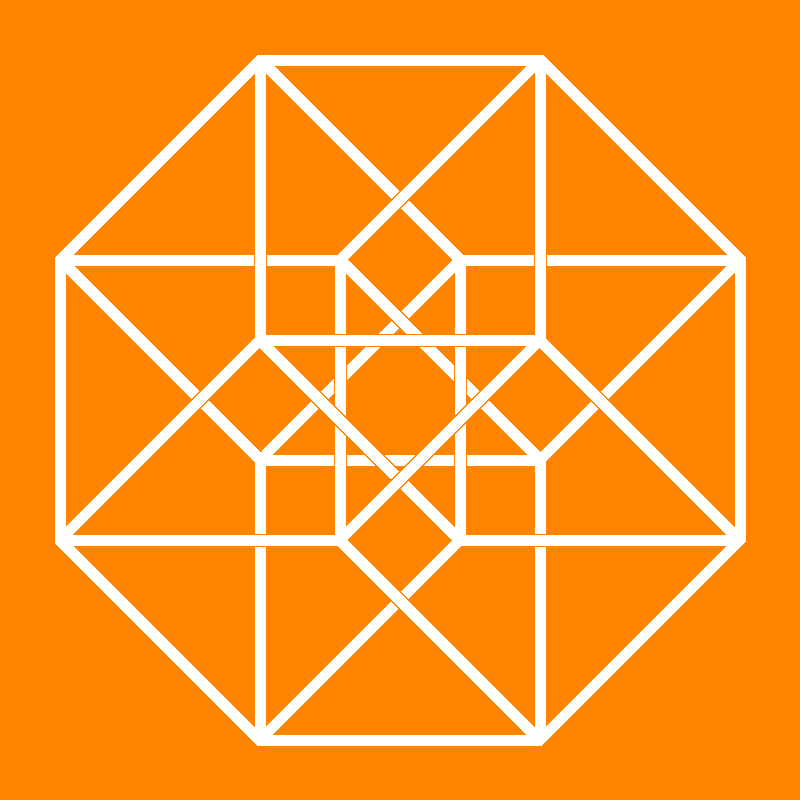
Journal for Geometry and Graphics 19 (2015), No. 1, 119--132
Copyright Heldermann Verlag 2015
Eyesight Cartographies -- Unfolding the Visual Sphere
José Vítor Correia
Faculty of Architecture, University of Lisbon, Pólo Universitário da Ajuda, Rua Sá Nogueira, 1349-055 Lisboa, Portugal
correia@fa.ulisboa.pt
Manuel Couceiro da Costa
Faculty of Architecture, University of Lisbon, Pólo Universitário da Ajuda, Rua Sá Nogueira, 1349-055 Lisboa, Portugal
mcoucy@fa.ulisboa.pt
Ana Santos Guerreiro
Faculty of Architecture, University of Lisbon, Pólo Universitário da Ajuda, Rua Sá Nogueira, 1349-055 Lisboa, Portugal
anacsg@fa.ulisboa.pt
Luís Romão
Faculty of Architecture, University of Lisbon, Pólo Universitário da Ajuda, Rua Sá Nogueira, 1349-055 Lisboa, Portugal
lromao@fa.ulisboa.pt
This paper addresses the relationships between the acknowledgement of different perspective concepts and its application in free-hand conceptual and observational drawings. A cartographical interpretation of perspective is pursued, by departing from the notion of Visual Sphere - a virtual perception spherical surface surrounding a viewer and upon which the entire set of visual data is laid. This work followed the developments of a research project where a computational tool was created aiming the reinforcement of the role of perspective in architectural design. The base for that research was the Extended Perspective System (EPS), a new geometrical perspective concept which was translated to an algorithm formulation and then written into a computer algorithm. After the development of the computational implementation, a role in the drawing learning process was envisaged and outlined in the form of a basic didactical strategy. Therefore, we proceeded to the creation of a non-mandatory course, Eyesight Cartographies, where that strategy could be tested. Cylindrical and spherical perspective methods were introduced and practised as a different paradigm, regarding the prevalent classic perspective one. Also, recognizing that underneath each of these perspective systems is a single cartographic procedure, i.e., a particular method to map the Visual Sphere, students were challenged to scrutinize and inquire on the visual significance of several other methods found within Cartography, when used for perspective depiction purposes. We introduced theory in a first moment and promoted a hands-on in a second. The spectrum of the course goes from the practice of free-hand drawing to the writing of computational algorithms dedicated to the automation of perspective drawing.
Keywords: Perspective, curvilinear perspective, visual perception, free-hand drawing, extended perspective system, perspectograph.
MSC: 51N05; 00A66
[ Fulltext-pdf (25494 KB)]